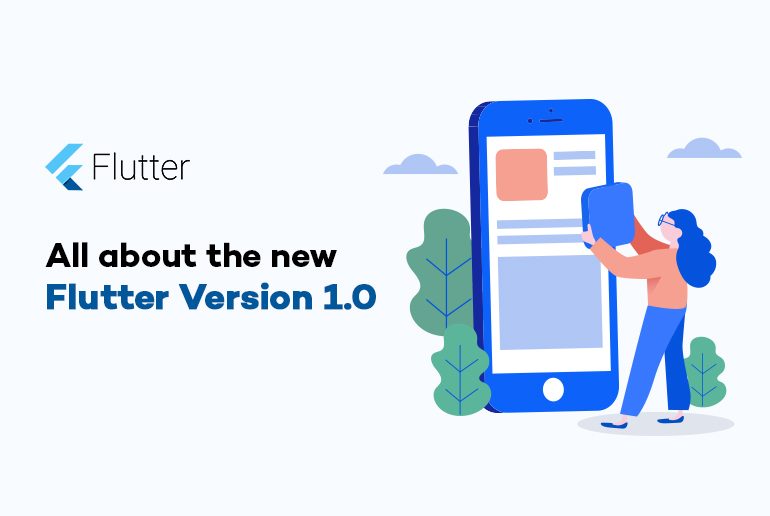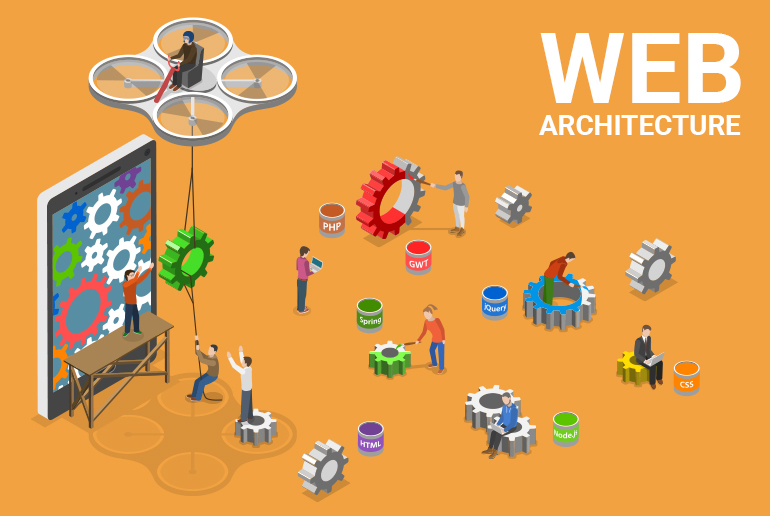Flutter, which made its presentation at Google’s 2017 I/O developers meeting, increased speedy notoriety with organizations like Alibaba and Capital One having fabricated applications with it. Many other companies have effectively constructed applications with it, regardless of the way that it had not hit version 1.0 yet and that designers need to compose their applications in the Dart dialect, which is an extra obstruction to section.
The Dart Code; a code that all flutter applications are written in, and compiling it to JavaScript, which allows the code to run in any modern browser.
Flutter Live Event 2018, which occurred in London on the fourth of December 2018, Google reported its new task ‘Hummingbird,’ which is a trial online usage of Flutter runtime.
Flutter, which recently centered around the improvement of iOS and Android applications, now hits version 1.0 with the intention of stretching out its administrations to the web. Moreover, Google additionally reported an arrangement of new outsider mixes with any semblance of Square and others, and add two or three new highlights that make it less demanding to incorporate Flutter with existing applications.
“Flutter is our portable UI toolkit for creating a beautiful native experience for iOS and Android out of just a single code base,” stated Tim Sneath, Google’s group product manager for Dart.
Features of Flutter Version 1.0
Undertaking Hummingbird will currently bolster internet browsers too, essentially is by all accounts Google’s entryway of having a mixed application environment on the entirety of its upheld stages.
In help of Flutter, Google has expressed that; Flutter give developers power over each pixel of the screen, and accompanies apparatuses that let creators embed and enliven illustrations, recordings, content and application controls.
Concerning new Flutter highlights, Google reported “Add to App,” another element that makes it simpler for designers to gradually add Flutter code to existing applications. In its initial days, Flutter’s emphasis was decisively on building new applications starting with no outside help, yet as it has developed in prevalence, developers presently need to utilize it for parts of their current applications as they modernize them.
The other new component is “PlatformViews,” which is basically the inverse of “Add to App” in that it enables engineers to insert Android and iOS controls in their Flutter applications.
Google is additionally reporting 3-party mixes to Flutter. The first is with Square, which reported two new Flutter SDKs for building payment streams, both for in-application encounter and in-person terminals utilizing a Square reader. Others are 2Dimensions, for building vector liveliness and implanting them directly into Flutter, and also Never code, which declared an apparatus for mechanizing the manufacture and bundling process for Flutter applications.
Also, 2Dimensions announced the availability of Flare, a new tool for building vector animations, that can be embedded directly into the Flutter app.
In its initial days, Flutter concentrated on building new applications sans preparation, yet since it has turned out to be as well prevalent, developers currently need to press in codes to the current applications and modernize them.



